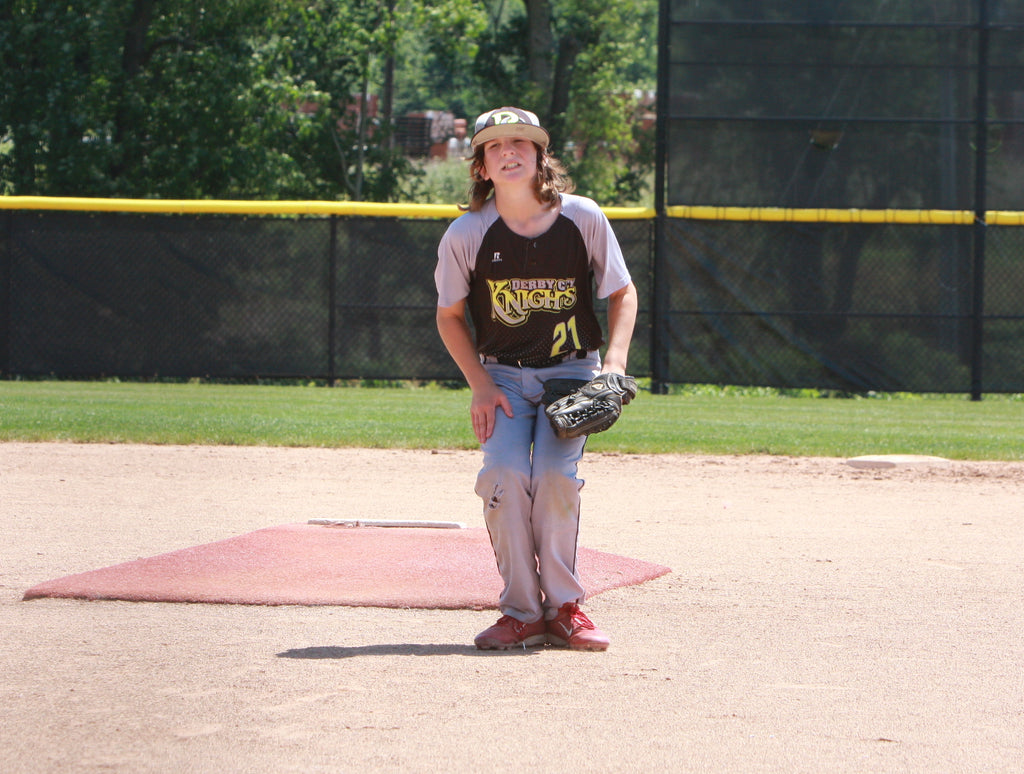Body language is defined as nonverbal, usually unconscious communication in the form of gestures, movements, and mannerisms. It has been referred to as the strongest form of communication by many and that definitely holds true in sports.
As a pitcher it is crucial to control negative body language and use positive body language when the situation calls for it. The pitcher is the leader of the defense, and the pitchers body language reflects the overall tone of the team in the field. After all, 90% of the time the fans are focused on the pitcher while the defense is on the field.
When a pitcher shows negative body language towards an umpire for a call he does not agree with, he is less likely to get the next borderline call. Umpires have good memories and have been known to hold a grudge against certain players not just in that game, but throughout a season.
If pitchers tend to get frustrated with themselves and physically show it while struggling with pitch command or giving up hits, it will give hitters more confidence at the plate. It's very important to work on keeping a poker face while things aren't going well on the mound.
Fielders are going to make errors on routine plays. Do not show frustration in any way towards the defense. They already feel bad enough for the error, do not compound the problem by showing a teammate up. Work hard to keep that runner from scoring to pick a fielder up for the mistake.
There is a fine line as to when showing positive body language is called for and when it is unnecessary.
If you get a strikeout with the bases loaded in a close game then a fist pump is a great way to get your team fired up and create even more momentum. But if you strike the first batter out of the game and do the moon walk on the mound, you are lighting a fire underneath the opposition and putting your teammates at risk of wearing a fastball in the back as retaliation.

Leave a comment: